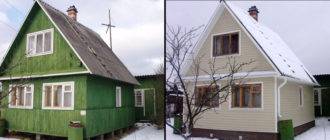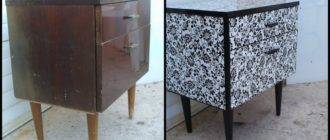The main staircase is in most cases the central design element, and therefore everything in its design must be flawless. Staircase lamps, which are designed not only to provide effective lighting, but also to harmonize with the appearance of all architectural elements, are no exception, of course.
How to organize the lighting of the front stairs, what kind of lamps can be used for this, what requirements they must meet - you will learn about all this from our article.
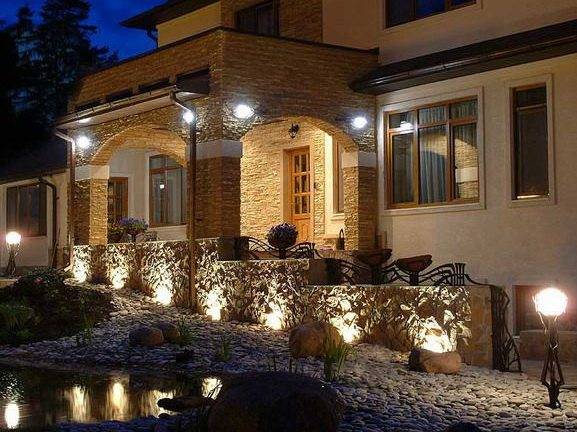
Approaches to lighting stairs
Appearance and efficiency
Before discussing the issues of lighting design, it is worth deciding what the main staircase is as such. The answer to this question is important primarily because this architectural element is rather exotic for us.
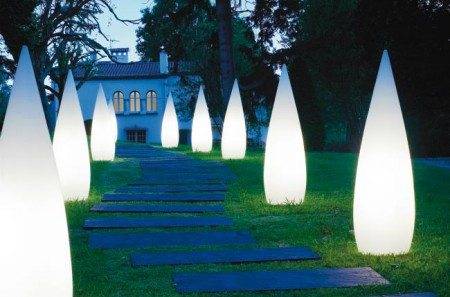
So, according to the generally accepted interpretation, the main staircase is either an internal structure connecting the living room of the first floor with the living quarters on the second, or an external staircase. In this case, the steps located outside should go from the parking area at the gate of the house to the open space in front of the main entrance.
Note!
Naturally, this architectural detail can only be fully realized in large enough houses.
Staircase lighting serves several purposes:
- On the one hand, the lamps on the stairs are installed in such a way as to ensure comfortable movement in the dark.... The light should be bright enough, but at the same time not blind the eyes of people passing by the lamp.
- On the other hand, the light on the stairs should emphasize the overall stylistic solution of the room or the architectural ensemble., illuminating some areas and shading others.
- The appearance of the lighting fixtures used is also very important.... It is necessary to select a design that is in harmony with both the colors of the surrounding objects and their style.
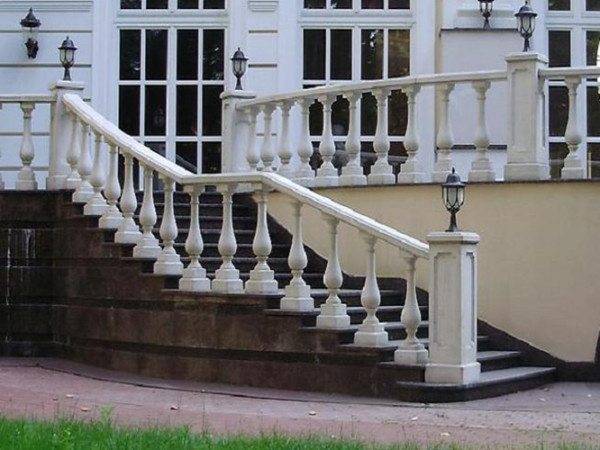
All these limitations make the choice of luminaires a daunting task. However, if you understand the basic requirements and analyze the assortment available on the modern market, the lion's share of questions will disappear by itself.
Lighting control
In addition to choosing the lamps themselves, it is very important to consider how the staircase lights will turn on and off.
There are several approaches here:
- The easiest way to organize a system with manual control... In this case, the lighting will be activated using a conventional or special remote control. In the second case, you can also adjust the brightness of each lamp or series of lamps, either creating the most comfortable atmosphere, or providing bright illumination not only of the stairs, but also of every corner of the living room of the house or the area in front of the house.
- An automatic staircase lighting control system is much more difficult to implement, especially if you plan to do everything yourself... You can, of course, purchase a ready-made module, but its price is very substantial.
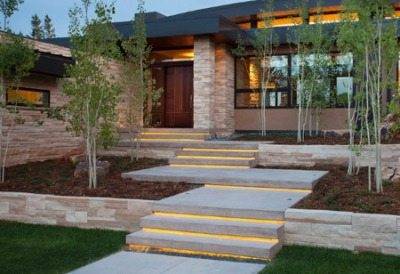
- The most convenient is the combined scheme... In normal mode, the stairwell lights are switched on manually, and at night, if necessary, motion sensors activate illumination of steps... This way you can be sure that the guest, going down or up the front staircase unfamiliar to him, is not injured in the dark.
Light requirements for outdoor areas
Luminaires for stairs in the house must be sufficiently effective, safe and attractive in appearance - we talked about this above.
As for the organization of the illumination of the external staircase, here it is worth taking into account somewhat more stringent requirements:
- Part of the function of lighting the main staircase can be taken over by wall or ground lamps near the porch. If the length of the staircase is significant, then it is necessary to equip a separate light circuit with an autonomous connection.
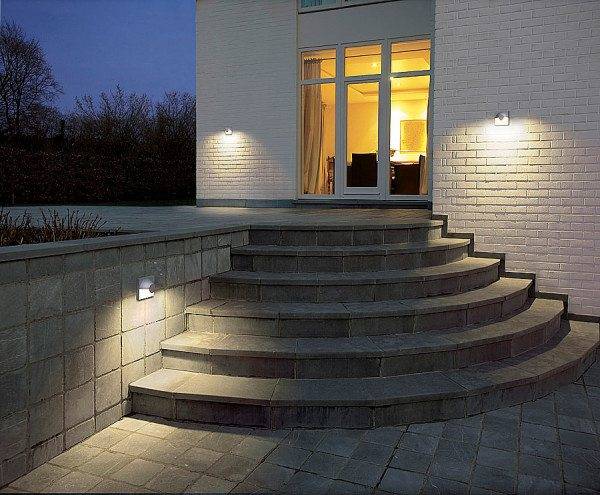
- Ground lamps should be fixed to the ground or to special concrete substrates with reliable fasteners. This is done in order to avoid damage to the cables due to wind gusts.
- The most effective way is to run the wiring underground to provide power. If this is not possible, then the cable is either masked inside the architectural elements (curbs, stair railings, etc.), or is attached to the cable.
Note!
When laying open wires, it is imperative to use frost-resistant insulation.
- For the most effective illumination of the steps of the stairs with ground lamps of low height, it is worth using reflectors that guide the light beam. First of all, this applies to the so-called garden lamps, which are mounted almost flush with the ground.
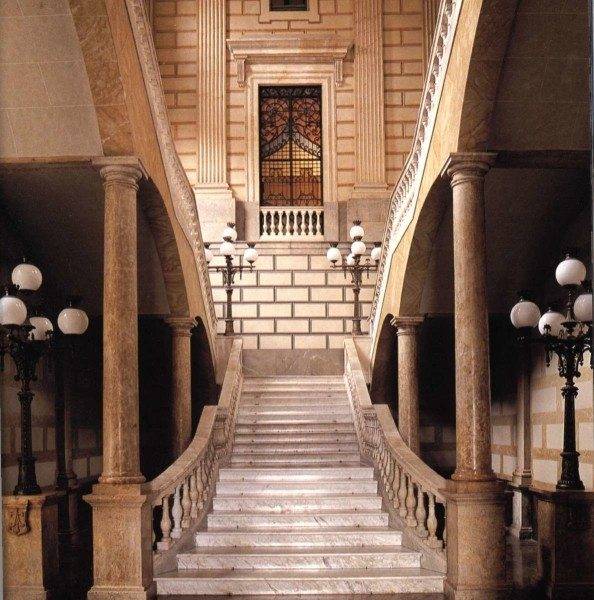
All these requirements must be taken into account not only when organizing the lighting of the steps. But still, when it is planned staircase lighting - lamps should be chosen very responsibly. In this case, comfort and safety come first!
Varieties of lamps
Suspended and wall-mounted
The range of different models of lamps used to illuminate the grand staircase is very wide. Of course, the subject of our article is floor and ground models, but without a brief mention of wall and pendant lamps, the analysis will be incomplete.
Most often, lamps are mounted:
- On the facade of the building in front of the porch. In this case, only the area in front of the entrance and the upper steps of the main staircase are illuminated, therefore additional lighting devices are required for more comfortable movement.
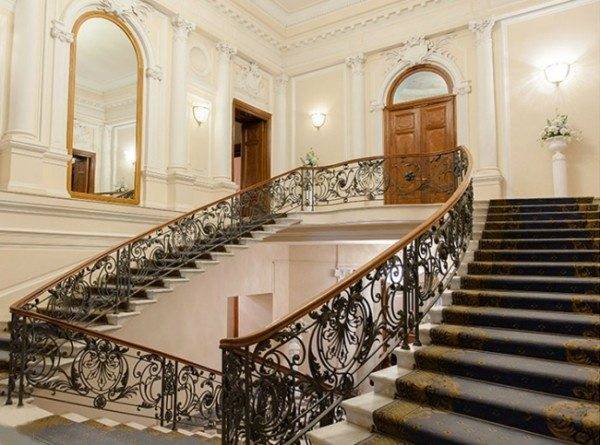
- On the columns of the stairs. This option is preferable from the point of view of efficiency and quite advantageous in design. Naturally, it can be realized only when the design of the steps themselves allows it.
- On the walls inside the house. Wall lamps for illuminating stairs in the house are often placed along the flights of stairs in such a way that there are practically no shaded areas left.
In addition, suspension systems are used to illuminate the ascent:
- In the house, the central chandelier of a large living room can play the role of such a lamp. When choosing it, you should pay attention to the power, because a very large area will have to be illuminated.
Note!
Most often, chandeliers in the classic style are used to illuminate the main staircases, but Hi-Tech models can also be found in houses with a modern design.
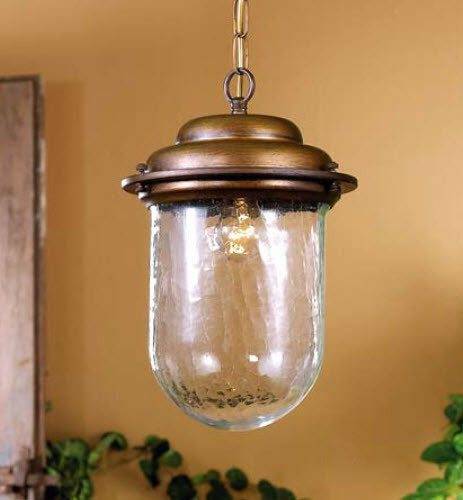
- On the street, cable systems are popular: a number of lamps are mounted on special suspensions along the stairs. This backlight design is the most efficient and economical.
Ground Luminaires
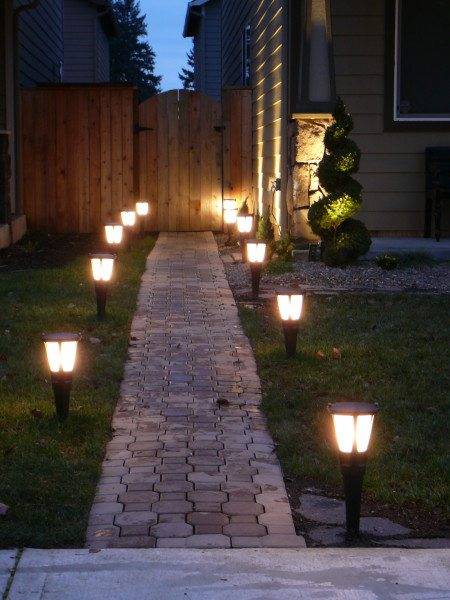
And yet, to refresh the rise, it is ground-based lamps for the staircase that are more often used:
- Inside the room, at the base of the steps and on the platforms between the marches, floor lamps are placed. To maintain the most attractive appearance, the connection is carried out through hidden wiring.
- Also popular are models that are integral with the stair railings or serve as a continuation of the balusters.Most often, such lamps are made with spherical or hemispherical shades of frosted glass (so as not to blind the eyes), but more original samples can be found.

For the street, the assortment is somewhat more diverse:
- Street lights of a wide variety of designs can be installed along the staircase. Strong enough lamps located on high pillars provide even and full illumination of the steps.
Note!
In addition to lighting fixtures, infrared heaters can be mounted on poles to ensure maximum comfort for guests.
- If tall lights do not fit into the design, then you can use light balls on low stands or without them at all. This type of device is quite compact, but at the same time provides an even and sufficiently bright light.
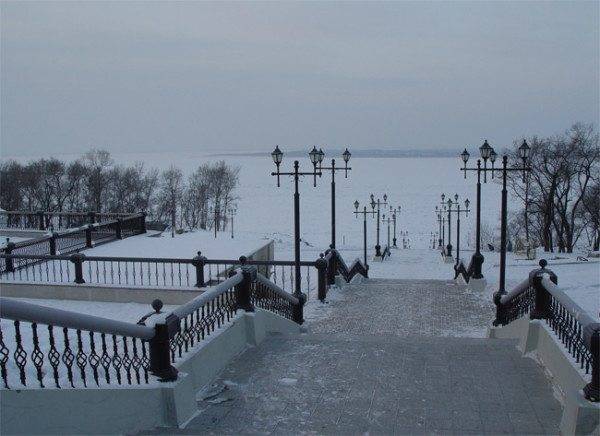
- Column lamps, the so-called bollards, are also very popular in the design of staircase lighting. A typical bollard is a device in the form of a low (up to 1.2 m) cylinder, in the upper part of which there is an LED lamp, covered with a matte plastic or glass screen.
- Bollards can be placed both on the sides of the steps, and play the role of balusters if the ascent is equipped with railings.
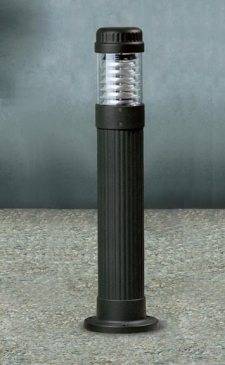
In some cases, portable lighting devices can be used to fully illuminate the stairs, but here you need to approach the solution of the problem strictly individually.
Recessed and recessed lamps
Well, and finally, it is worth paying close attention to a separate category of ground devices, namely, built-in and recessed into the ground:
- To mark the boundaries of a flight of stairs placed outside the house, ground garden lamps are very often used. They are mounted flush with the ground, and for their connection, underground wiring is used, laid in special casings.
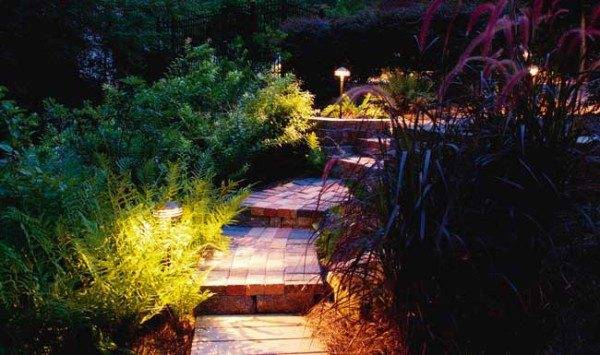
- More economical are models that are powered by solar panels. On the other hand, such non-volatile devices can only be used as additional or decorative light, since their power is clearly not enough to fully illuminate the stairs.
Recessed stair treads are perhaps one of the most effective and effective options.
It is worth dwelling on their design in more detail:
- The typical model is a cylindrical or oblong body, inside which an LED lamp is fixed.
- The light source is covered with a special cover that directs the rays to the steps of the stairs, preventing them from scattering.
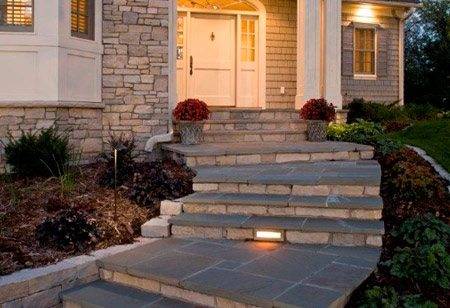
- The luminaire body is recessed either into the wall near the steps, or into the very step of the staircase. Only the decorative strip and the guide cover remain on the surface.
- In some cases, the installation is carried out in such a way that the glass of the lamp becomes one piece with the plane of the step. Naturally, in this case, a durable material that can withstand a serious load is used to protect the LEDs. (see also article Staircase lighting with LED strip: implementing an unconventional approach)
Such devices are used mainly to ensure comfortable and safe movement on the main staircase at a time when the main light is off. In this case, the built-in backlight either lights up constantly, or is turned on due to the operation of the sensor mechanism.
The main difficulty in this case is installation: if the ground model can be simply installed, fixed on the ground and connected to the network, then it is better to assemble the built-in lighting simultaneously with the construction of the staircase itself. However, on our site there is an instruction, following which you can design lighting for both internal and external steps.
Output
There are many factors to consider when choosing a staircase luminaire that will attract all your guests' attention. Efficiency of work, safety, reliability, and appearance of the device are important here. However, the variety of models on the market makes this choice difficult, but at the same time enjoyable! In the video presented in this article, you will find additional information on this topic.

